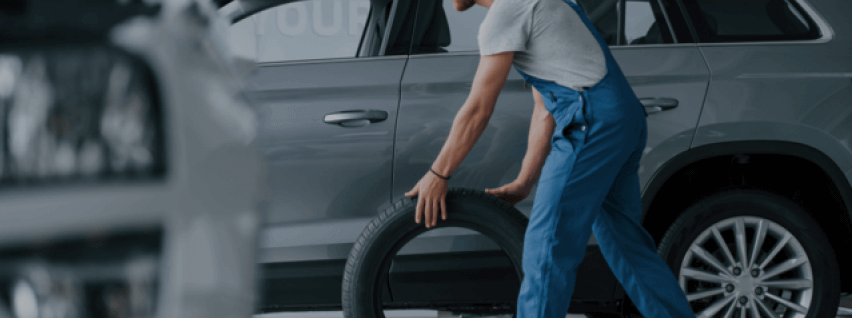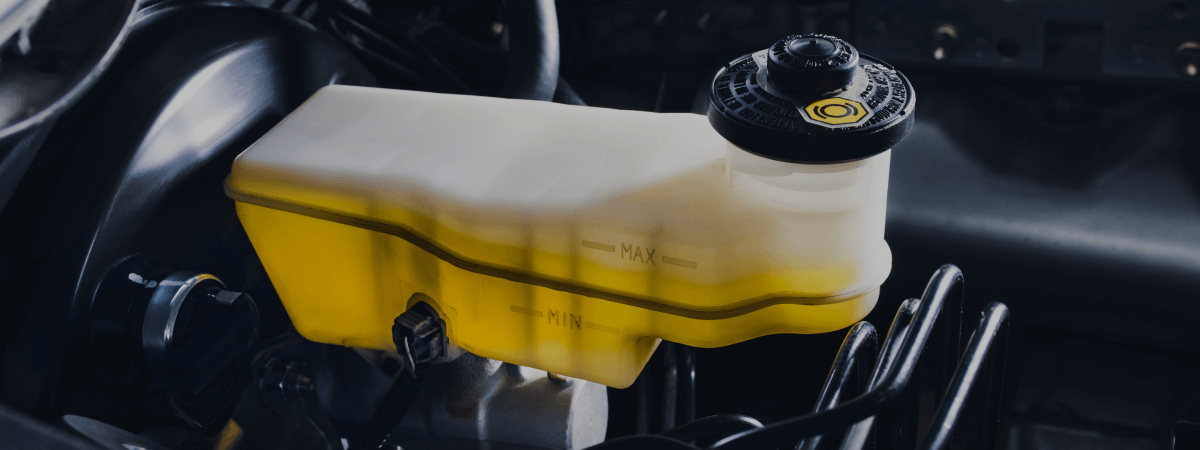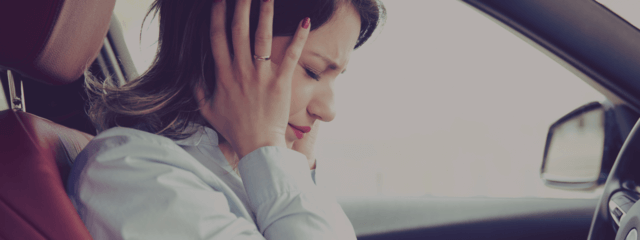Clay bars are used to remove embedded dirt and debris from auto paint. Even after washings, finite particles of dust are left working their way into your car’s paint job. So, learning how to use clay bar could be a great investment for a car you really want to keep looking nice. Additionally, wheels, glass, and light covers can be buffed with the clay bar to remove surface layer debris.
Clay bar is not something you want to use every week on your paint, or even every few months, as it can wear down the paint over time. But twice a year is a reasonable frequency for using clay bar, when followed by fresh paint or a good polish job.
Before using the clay bar, make sure the car is thoroughly washed. If you have granules of dirt left when you use the clay bar, you could end up scratching your paint. To use the clay bar, you will need a clay bar lubricant like a combination of shampoo and water or quick detailers. And select a clay bar that is a fine grade, for most jobs, as a medium grade will usually require a paint job or polishing as a finish.
The best quick detailers to use are those that clean well but do not offer protection. This makes them more effective at removing the incrusted dirt from the paint. Of course you can add protection afterwards, when you polish and shine. A couple examples of good quick detailers are Poorboy’s Spray and Wipe and Optimum No Rinse (diluted with water).
After washing and drying your vehicle carefully, be sure to start with a small broken-off piece of clay and shape it into a flat shape. Spray your lubricant over a 1.5’ x 1.5’ area and begin claying. You should use gentle, overlapping strokes and a lot of patience. Once the contamination has lifted, when the clay slides without resistance across the paint, you can wipe off the clay lube with a microfiber towel. Repeat this process for the entirety of your car or the whole space of contamination, if you are doing spot work.
Each time you start a new 1.5’ x 1.5’ area, you should reshape your clay bar to expose a fresh flat surface. You don’t want to get a buildup of contamination in the clay that you’re running across the surface of your paint, so use clean pieces as necessary. Once you are finished, make sure you give your car another good washing and, preferably, an application of protective coating for the paint.
Related Posts
Key Takeaways On average, passenger vehicle tires last 40,000 to 60,000 miles, depending on type, driving habits, and maintenance. Replace tires when tread depth reaches 2/32”, if damaged, or older than 10 years. Regular rotation, alignment, and proper inflation extend tire life. Aggressive driving, poor roads, and harsh weather shorten tire lifespan. Take advantage [...]
When you think about car maintenance, you probably focus on oil changes, tire rotations, and maybe even brake pad replacement. But what about your brake fluid? If you’ve ever wondered, “What does brake fluid do?” or “Why is brake fluid important?”, you’re not alone. Brake fluid might not be the most talked-about part of [...]
Is that high-pitched squeal from your brakes driving you—and everyone else—crazy? Don’t ignore it. Squeaky brakes aren’t just annoying, they’re your car’s way of saying something needs attention. Whether you're cruising through Salt Lake City or winding up Idaho’s mountain passes, here’s what’s likely going on, how you can fix it, and when it [...]





